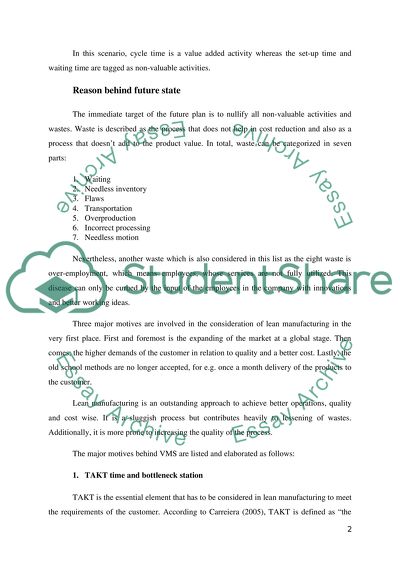Cite this document
(“Lean Manufacturing Essay Example | Topics and Well Written Essays - 2500 words”, n.d.)
Retrieved from https://studentshare.org/family-consumer-science/1419982-lean-manufacturing
Retrieved from https://studentshare.org/family-consumer-science/1419982-lean-manufacturing
(Lean Manufacturing Essay Example | Topics and Well Written Essays - 2500 Words)
https://studentshare.org/family-consumer-science/1419982-lean-manufacturing.
https://studentshare.org/family-consumer-science/1419982-lean-manufacturing.
“Lean Manufacturing Essay Example | Topics and Well Written Essays - 2500 Words”, n.d. https://studentshare.org/family-consumer-science/1419982-lean-manufacturing.


